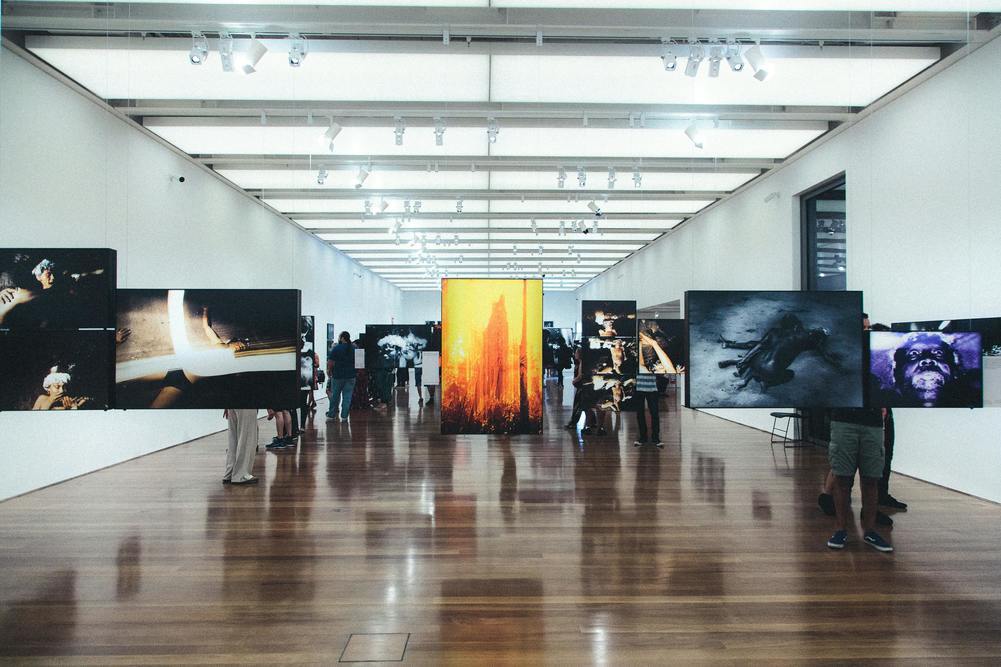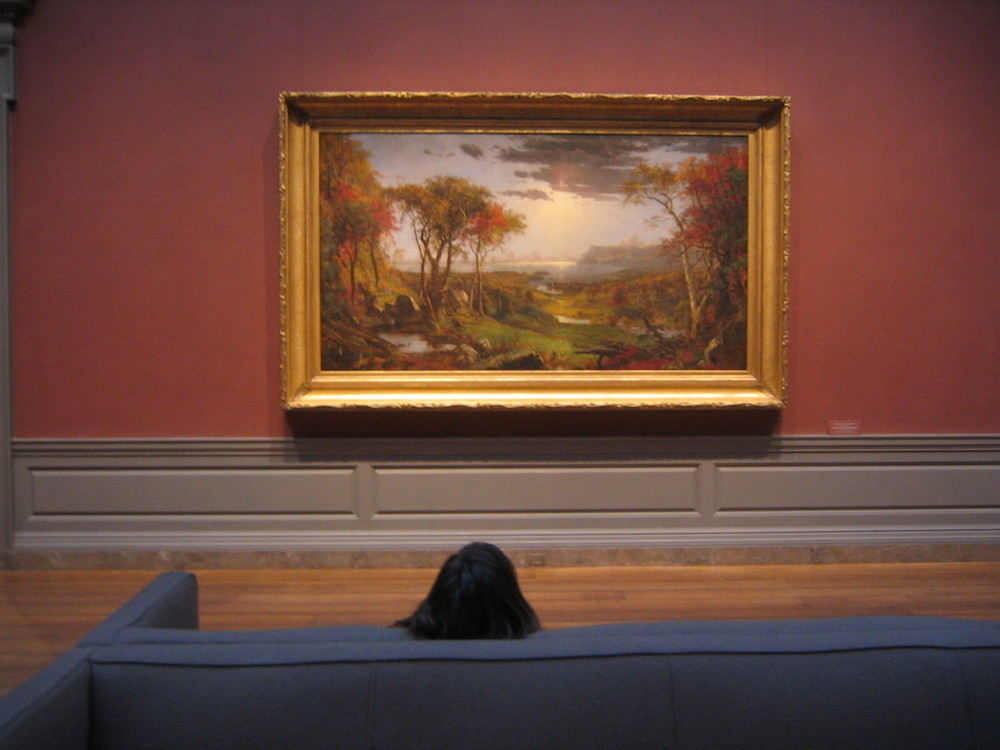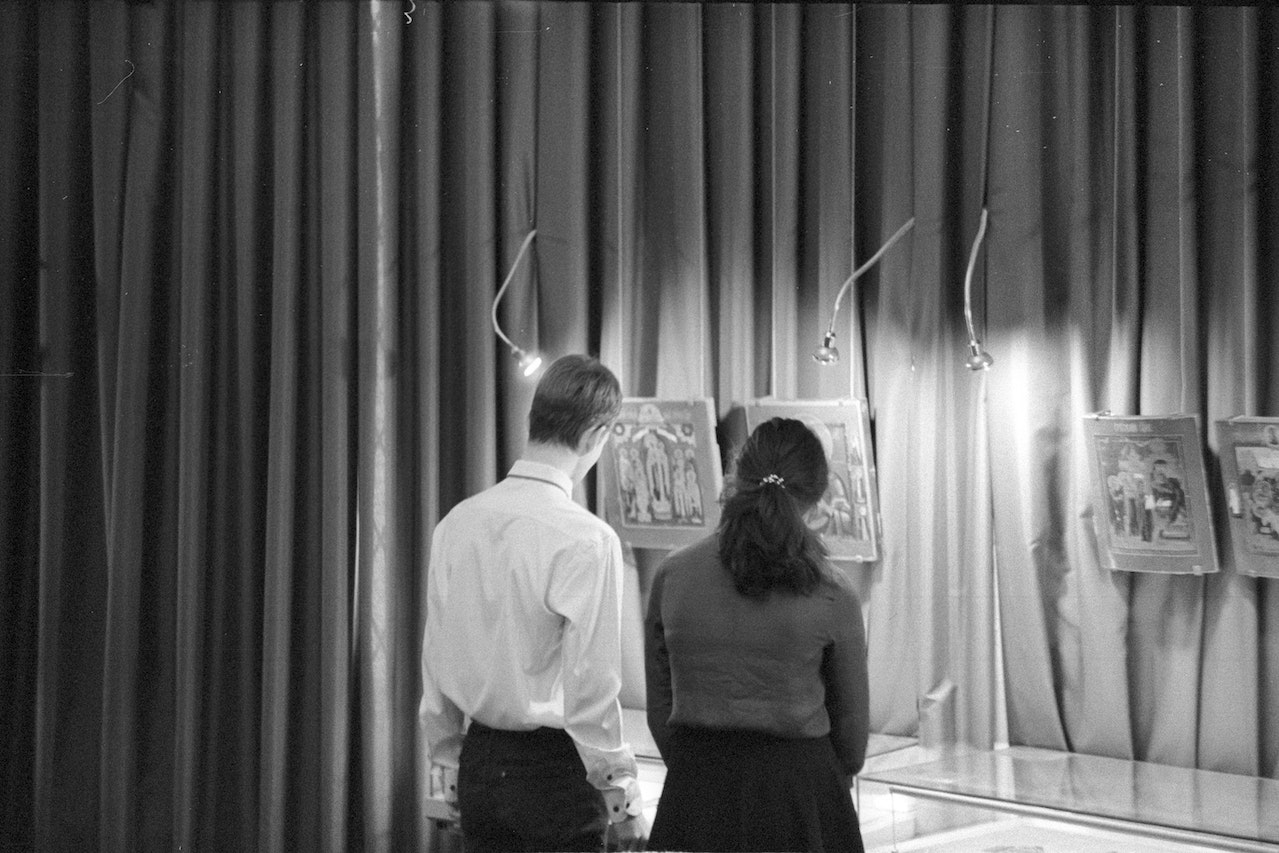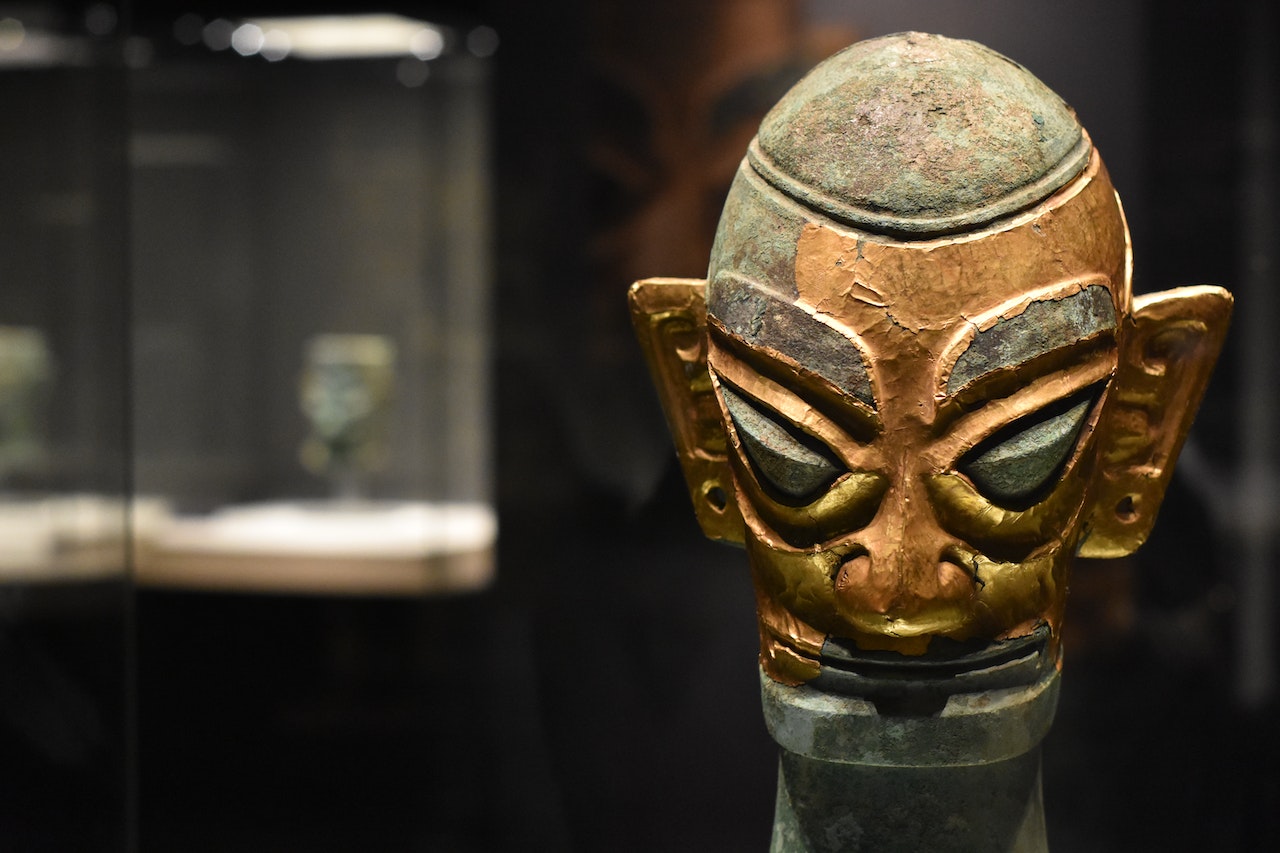How to Enhance Museum Operations
Photography museums undoubtedly handle vast collections of images, from historical prints to contemporary digital works. Managing these important archives requires careful coordination between curators, conservators, researchers, and exhibition teams. Beyond preserving photographs, museums also organise rotating exhibits, educational programs, and collaborations with artists. With so many requirements, efficiency and streamlined communication are essential.

Connecting Museum Teams
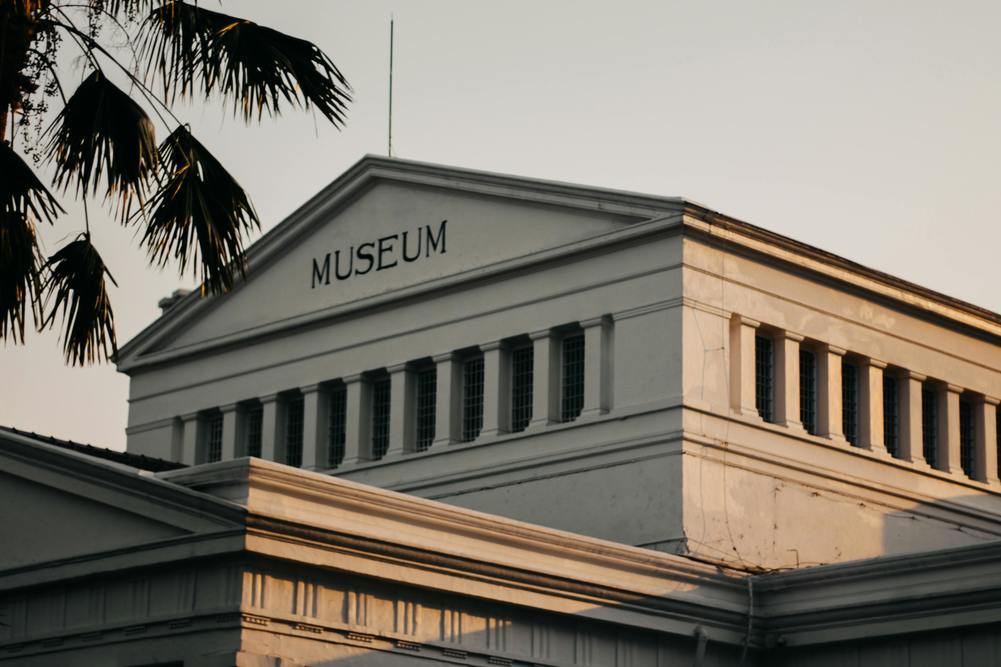
To support these efforts, the Omnia intranet system helps museum staff collaborate more effectively. This centralised platform allows employees to store high-resolution image files, track metadata, and document restoration processes. Instead of relying on scattered spreadsheets or emails, curators can access updated records on an organised network, ensuring that artwork details, copyright permissions, and exhibition schedules are readily available.
From Exhibit Planning to Event Management
The Omnia intranet system also simplifies exhibition planning. Teams can coordinate logistics, manage loan agreements with other institutions, and track the status of important works. Educational staff can access the necessary research materials to develop guided tours and learning modules, ensuring visitors gain deeper insights into the museum’s collection. The result is a more organised, efficient, and accessible experience for both employees and guests.
Security in Museums
Beyond internal workflows, the Omia intranet platform helps museums maintain security and compliance. Digital rights management tools help protect sensitive files, ensuring that copyrighted works are only used according to agreements. Additionally, IT teams can monitor access controls, safeguarding critical data from unauthorised users.
By integrating an internal network designed for photography museums, institutions can streamline daily operations and focus more on sharing visual culture.

